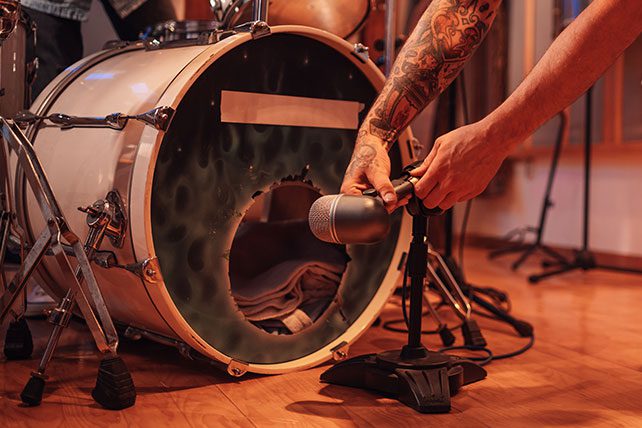Children’s story books have always amazed me. In complete simplicity, there is often a message so profound (1 Corinthians 1:27– ”But God chose the foolish things of the world to shame the wise”). I was looking at one of the all time classic children’s books, The Very Hungry Caterpillar recently, when God began to speak to me about growth.
Kids always have an appetite for more. I always think back to this classic line from the musical film Oliver!; ”Please sir, can I have some more?”. Through the faith of a child, Oliver had an expectation for more.
As a Children’s Pastor, each week I witness kids who walk into the church hungry…hungry to learn, to be loved, encouraged, accepted and challenged. In every child there’s a hunger for more. The truth is, just like The Very Hungry Caterpillar, our children are consuming anything and everything that’s placed in their path.
As children’s leaders we must recognise:
Children consume anything within reach
The Very Hungry Caterpillar begins his journey devouring anything in sight! Young children are eating machines, they don’t care what it is, but it will soon end up in their mouth. The early years really are a crucial time for us as parents and leaders to sow the things of God into our children’s lives. Never let a week go by without challenging your kids to learn a memory verse. This can even be introduced as the child is learning to read or it can be memorised through song. What is sown at this early age will never be lost or forgotten. Also, don’t become too controlling over their development. Our kids will grow even when they consume those things which are unhealthy. As a kid I drank a lot of soft drinks (Soda). My mum would buy this stuff by the gallon. Did it stop me from growing? No, but it probably wasn’t great for my chompers… We can be certain that as we sow and as we water, that our God stimulates the growing process. God will convict, discipline and love our kids in ways we never could.
Growth occurs in the secret place
We follow the caterpillar to a place where he wraps himself up into a cocoon. Here is the place where the amazing transformation occurs! Don’t get frustrated if you’re not seeing a change in a particular child. There may be some kids in your church who may be regularly disruptive or appear disinterested. Don’t give up! Ask the Holy Spirit for a key to release this child’s expectation. They may simply have a different learning style that you need to include as you lead from the front. We must never lost heart after those Sunday’s where you couldn’t seem to engage a particular child. Just like the caterpillar in the cocoon, it’s former appearance is just a glimpse of what’s to come. Significant transformation occurs in the secret place, and it’s only God that can operate on the heart. We must lead our kids into a place of dependency on God, not on ourselves. It’s never our responsibility to grow the seed, that responsibility is God’s alone.
A transformed child is free to be themselves
We all know the ending to this story… What was fat, green and hairy, soon transformed into something beautiful! What used to crawl awkwardly on it’s stomach soon glided gracefully through the sky, spreading it’s wings.
We recently had our team discipleship, where we meet to worship, share and connect as a family. As we begin every discipleship in worship, I felt it was only fair on my team that we should be led by someone who could actually hold an audible tune (I’ve learnt very quickly when not to lead). So I asked our Youth Pastor if we could join with the youth team for worship before we broke off into our different rooms. He was more than happy to include our kids team, so we joined in. After the worship, with tears in his eyes, our Youth Pastor thanked each member of our team for what they’ve sown into the life of our kids. He began to share that the teens who graduate from our kids ministry stand out amongst the rest of the teens who attend their programs. He also shared that although we may not see the fruit of what we’ve sown, they do.
The truth is, that they are seeing a group of teens who have been transformed in secret. Kids who have not only gone through the outward changes of growth and development, but have clearly been transformed into a life which glorifies God.
As kids leaders we may never see the other side of a life transformed, but know this, God is at work in the heart of every child as we teach, disciple, encourage and love. Remember, our role is to keep them hungry, but in the end God transforms. If we lead, they feed. Then God does the rest in the secret place.













